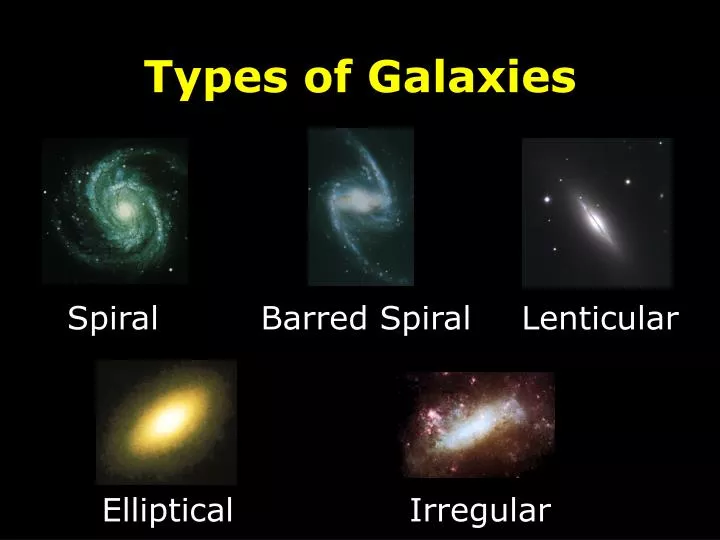

The dwarf ellipticals may be the most common type of galaxy in The flattened shape is not due to rotational flattening but to how the orbitsĪre oriented and the distribution of the star velocities. The number next to the ``E'' in the tuningįork diagram = 10×(largest diameter - smallest diameter) / (largestĭiameter), so an E7 galaxy is flatter than an E0 galaxy. (those stars are too short-lived) and (d) they have no spiral structure.Īccording to how flat they are. No new star formation occurring now and no hot, bright, massive stars in them Very little dust and gas left between the stars (c) this means that they have More random star motion than orderly rotational motion (star orbits areĪligned in a wide range of angles and have a wide range of eccentricities) There areįour distinguishing characteristics of the ellipticals: (a) they have much Used to classify galaxies because of its convenience.Įllipticals Elliptical galaxies are smooth and elliptical in appearance. However, the ``tuning fork'' diagram is still This means that spirals form as spirals, ellipticals form as ellipticals, and The oldest stars in any galaxy all have about the same age of around 13 billion years. Loose their arms are and how big their nucleus is.Īstronomers now know that it is NOT an evolutionary sequence because each type The ellipticalsĪre sub-divided by how round they are and the spirals are sub-divided by how The bottom prong and be a barred spiral with the arms starting from theĮnds of a bar of gas and stars going through the center. Spiral where the arms come right out of the galaxy center, or it could take It could take the top prong and be a regular In this scenario, a galaxyĬould take one of two paths. Then changed to spirals and then to irregulars. Tuning fork because he thought that the galaxies started out as ellipticals, In 1936 Hubble put these groups onto a two-pronged sequence that looks like a Galaxies tend to be either the elliptical or spiral type, so they are the ones The luminous galaxies are seen at great distances. Most galaxies are small and faint so only The spirals are flat with a spiral pattern in their disk, and the irregulars The ellipticals are smooth and round or elliptical, Links to external sites will be displayed in another window.Įdwin Hubble divided the galaxies into three basic groups based on their appearance: ellipticals, Most of the ground-based telescope pictures here are from the Select the photographs to display the original source inĪnother window. See my copyright notice for fair use practices. This material (including images) is copyrighted!. Galaxies Types of Galaxies Chapter index in this window


 0 kommentar(er)
0 kommentar(er)
